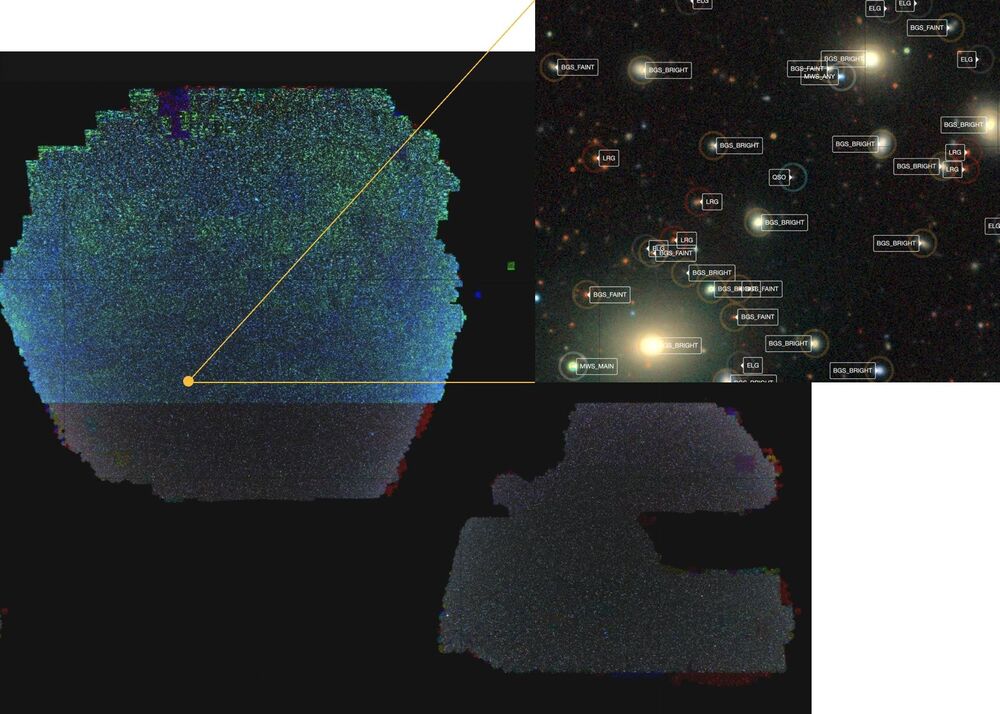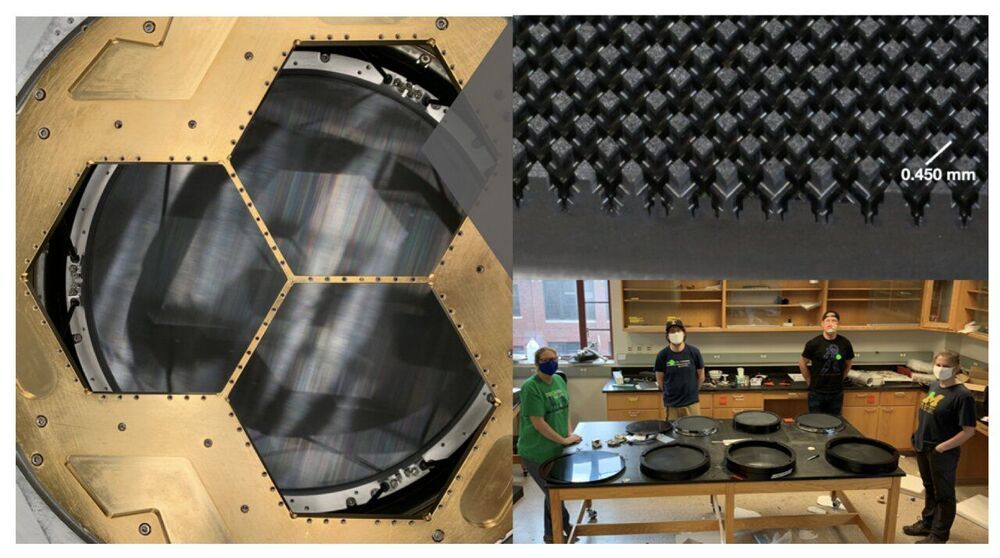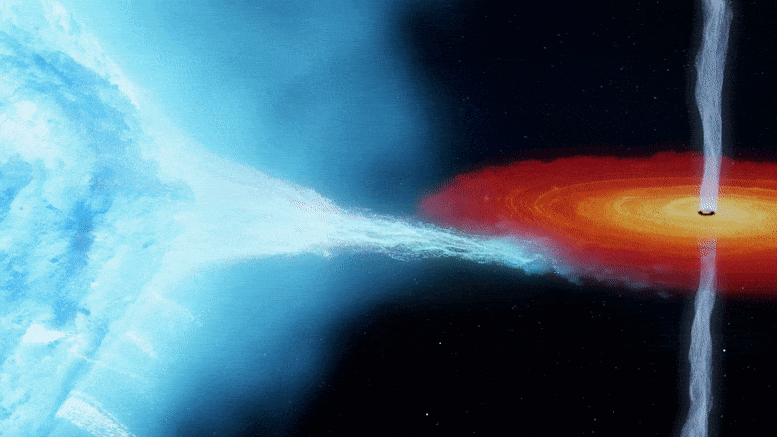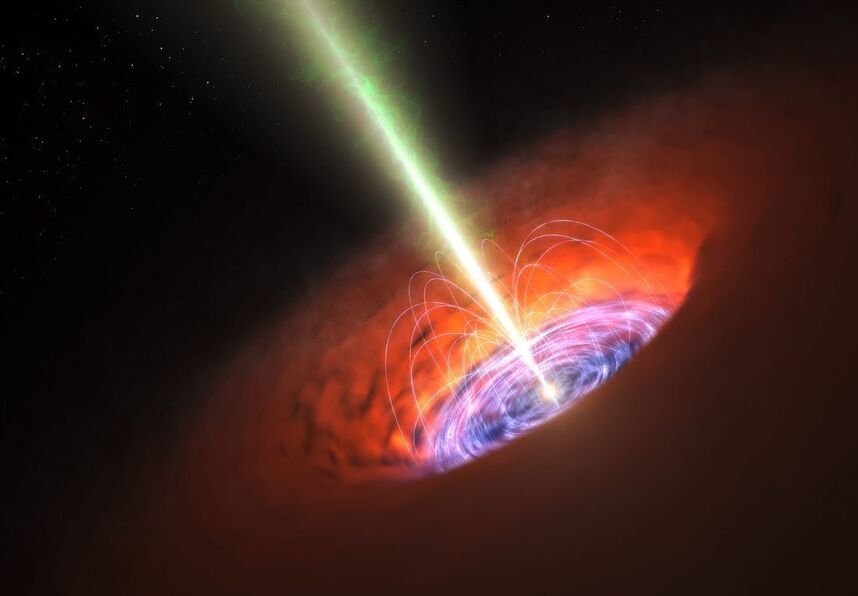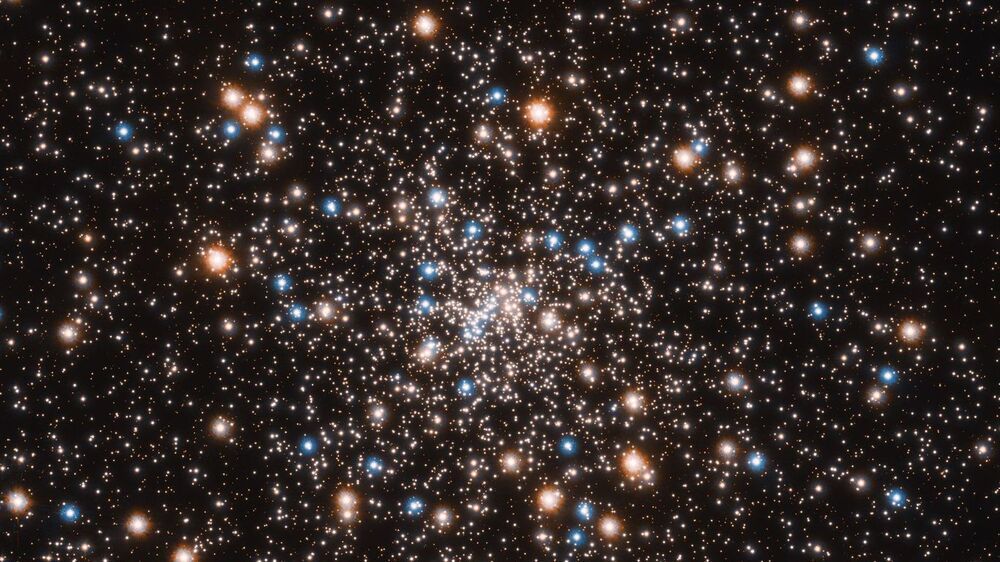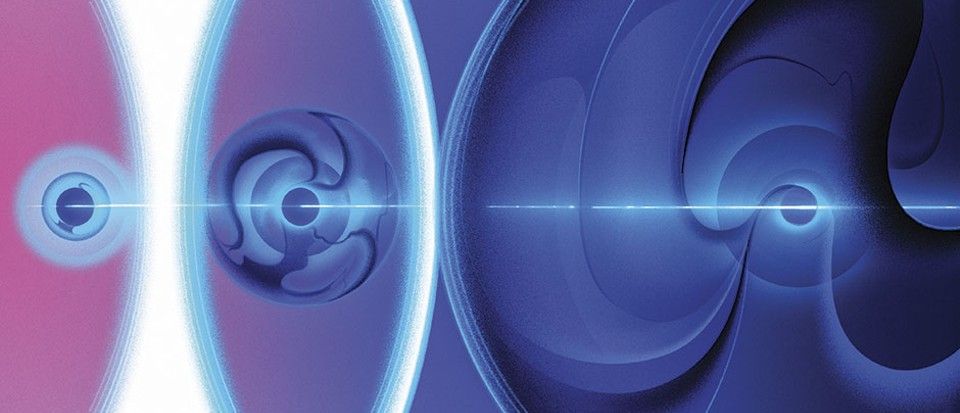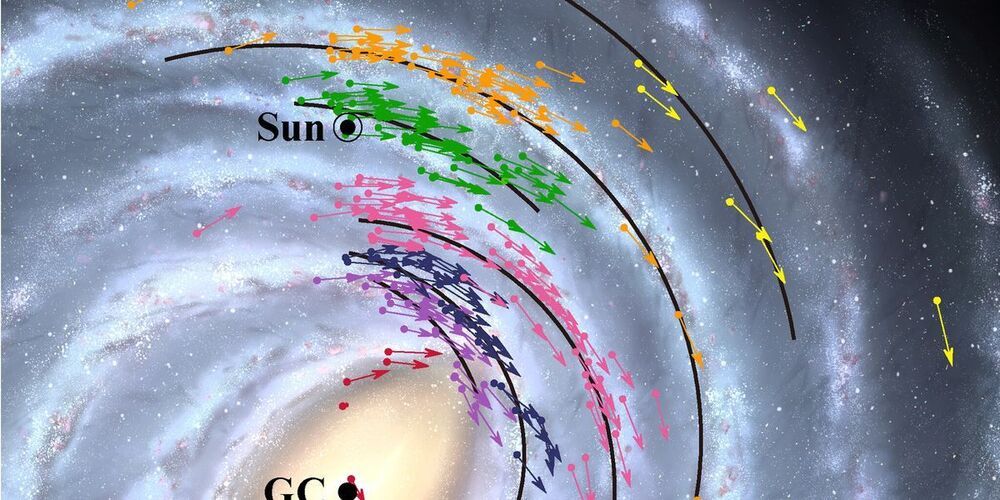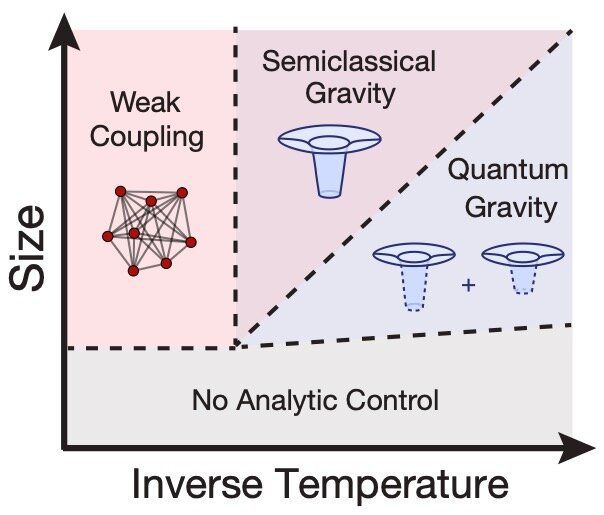The Beijing-Arizona Sky Survey (BASS) team of National Astronomical Observatories of Chinese Academy of Sciences (NAOC) and their collaborators of the Dark Energy Spectroscopic Instrument (DESI) project released a giant 2D map of the universe, which paves the way for the upcoming new-generation dark energy spectroscopic survey.
Modern astronomical observations reveal that the universe is expanding and appears to be accelerating. The power driving the expansion of the universe is called dark energy by astronomers. Dark energy is still a mystery and accounts for about 68% of the substance of the universe.
Large-scale redshift measurements of galaxies can describe the 3D distribution of the matter and reveal the effect of dark energy on the expansion of the universe.
